From The Diary Of our August Pilgrims – Day 1 of Tour .
Israeli pilgrimage visit : 30/08 – 04/09/2012.
Day 1 : 30/08/2012 thursday : Jerusalem tour: old / new & Jesus footsteps.
Travelled to the old Jerusalem wall and viewed the city’s map.
Christian quarters, armenian quarters, moslem quarters & jewish quarters.
Jerusalem is also known as the city of david.
The main wall.
Built 3,000 years ago and named david’s fortress with many towers.
The middle is built slopy to allow the soldiers on top to shoot enemy troops easily.
Some history.
Some xtians came from america in the 12th century and tried to convert some Jews to xtianity. Also some from england in the 19th century for the same purpose.
Then they built a church with symbol made up of a crown, a cross on a wall and David’s star. This is called church of Christ.
The inner city of old Jerusalem.
St Jame’s street: in armenian quarters and named after a disciple of Jesus. The Armenians are xtians and live in their own section of the town and converted to xtians as early as 5th century.
Arafat street : significant as named after the area the Noah’s Ark landed on Mount Arafat in Turkey.
Port of christo synagogue area was rebuilt after a recent war and the oval was renovated 3 years ago through hayehudim.
Golden menorah : a significant symbol in judaism with holders for 7 candles representing seven days with the middle stick representing the sabbath day flanked on the left with three for days before and three for the three after. It weighs 43kg and is covered in gold.
The wailing wall.
The remaining wall of destroyed second temple where jews were crying for years for restoration of Jerusalem.
Wailing and prayers are continuously ongoing with visitors putting prayer requests in the cracks on the wall.
Some additions were made to the wall in later years but the original stones are broader and shiny from the bottom up.
Men and women are segregated to pray on the wall.
Jesus journey in steps to Golgotha.
Station 5 : Simon helped Jesus to carry the cross here. A hand print is visibly seen here and is believed to be Jesus own when he rested his hand on the wall. Tourists can put their hand on this print or kiss it for prayers/blessings.
Station 6 : Veronica who was bleeding cleaned the face of the sweating/bleeding Jesus here and stories have it that the print of Jesus face appeared on the used cloth piece.
Station 7 : Jesus fell the second time here after the station 3 fall. Here a gate leading to a pillar is built to mark the entry into the crucification area(golgotha) and the new Jerusalem.
A temple was built over the golgotha area in the 4th century by St Helen and called Holy Sepulchre.
Station 10 : Jesus was stripped of his clothing here on the way to Golgotha .
Station 11 : Jesus was nailed to the cross here and statutes and symbols are built to depict the scenario with two saints(ladies) on both sides. A cubicle is in the front where people kneel and enter to pray for healing.
Station 12: a temporary place Jesus was laid before burial and was later moved to the cave-tomb where he was buried. Some section of this tomb is being challenged as owned by different religious groups in Jerusalem. The tomb has been well renovated and people enter to pray at where Jesus was laid.
End of day 1 with visits to shop for sovenoirs and lunch. Returned to the hotel in afternoon.

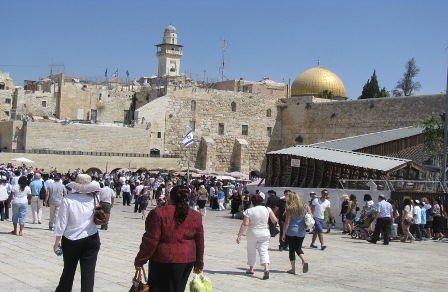
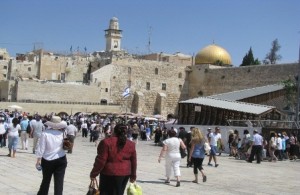
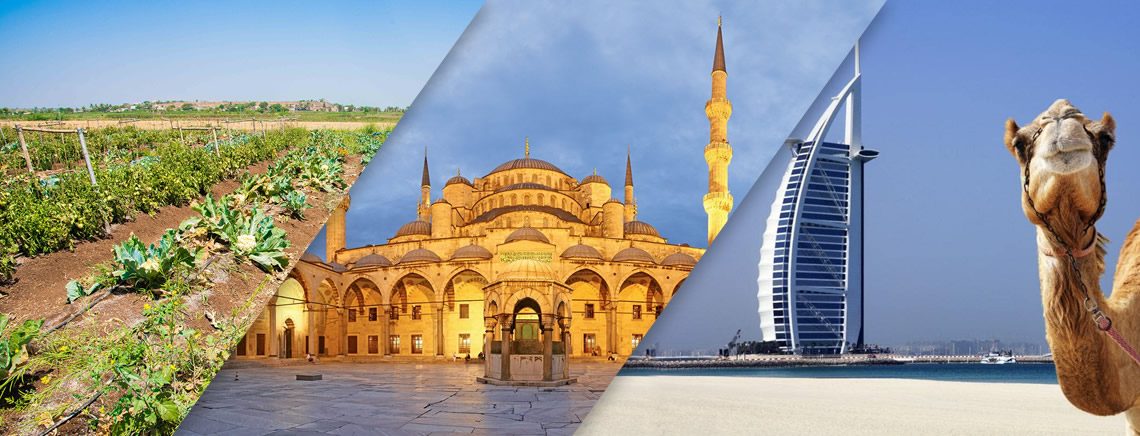
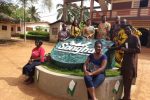
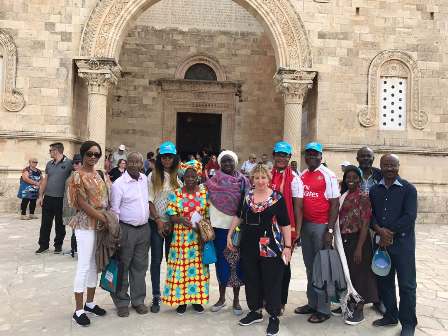
0 Comment